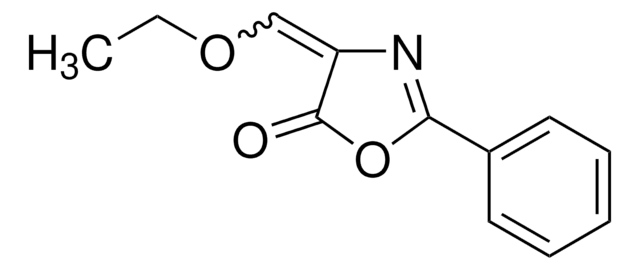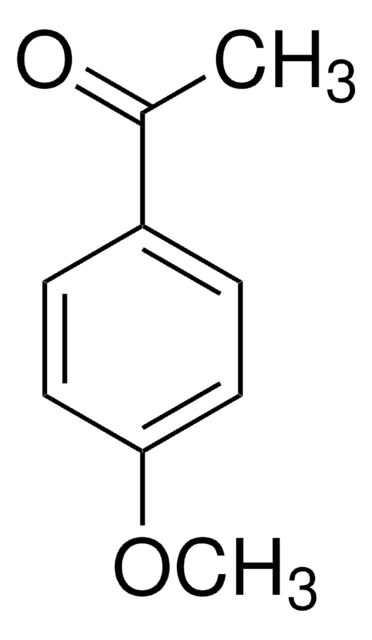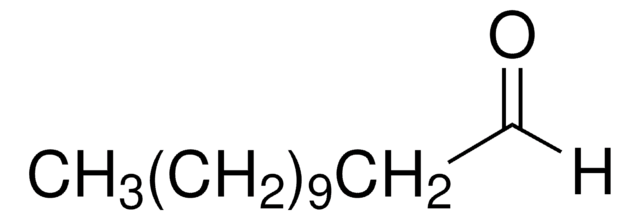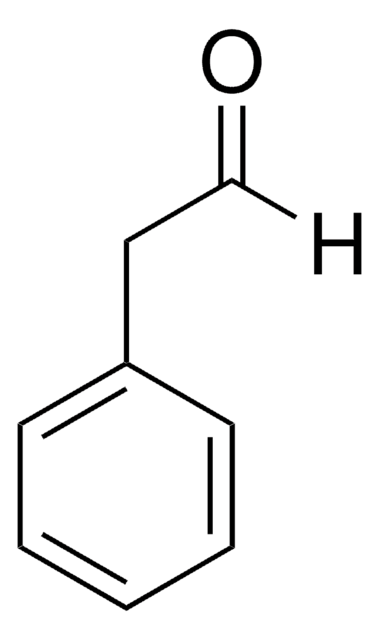Kluczowe dokumenty
46188
Farnesal, mixture of isomers
technical
Synonim(y):
3,7,11-Trimethyl-2,6,10-dodecatrienal
About This Item
Polecane produkty
klasa czystości
technical
zanieczyszczenia
≤3% water
współczynnik refrakcji
n20/D >1.4920 (lit.)
n20/D 1.497
bp
126-129 °C/3.5 mmHg (lit.)
gęstość
0.909 g/mL at 25 °C (lit.)
grupa funkcyjna
aldehyde
ciąg SMILES
[H]C(=O)\C=C(/C)CC\C=C(/C)CC\C=C(/C)C
InChI
1S/C15H24O/c1-13(2)7-5-8-14(3)9-6-10-15(4)11-12-16/h7,9,11-12H,5-6,8,10H2,1-4H3/b14-9+,15-11+
Klucz InChI
YHRUHBBTQZKMEX-YFVJMOTDSA-N
Szukasz podobnych produktów? Odwiedź Przewodnik dotyczący porównywania produktów
Opis ogólny
Zastosowanie
Hasło ostrzegawcze
Warning
Zwroty wskazujące rodzaj zagrożenia
Zwroty wskazujące środki ostrożności
Klasyfikacja zagrożeń
Eye Irrit. 2 - Skin Irrit. 2 - STOT SE 3
Organy docelowe
Respiratory system
Kod klasy składowania
10 - Combustible liquids
Klasa zagrożenia wodnego (WGK)
WGK 2
Temperatura zapłonu (°F)
235.4 °F - closed cup
Temperatura zapłonu (°C)
113 °C - closed cup
Środki ochrony indywidualnej
Eyeshields, Gloves, type ABEK (EN14387) respirator filter
Wybierz jedną z najnowszych wersji:
Masz już ten produkt?
Dokumenty związane z niedawno zakupionymi produktami zostały zamieszczone w Bibliotece dokumentów.
Klienci oglądali również te produkty
Nasz zespół naukowców ma doświadczenie we wszystkich obszarach badań, w tym w naukach przyrodniczych, materiałoznawstwie, syntezie chemicznej, chromatografii, analityce i wielu innych dziedzinach.
Skontaktuj się z zespołem ds. pomocy technicznej












